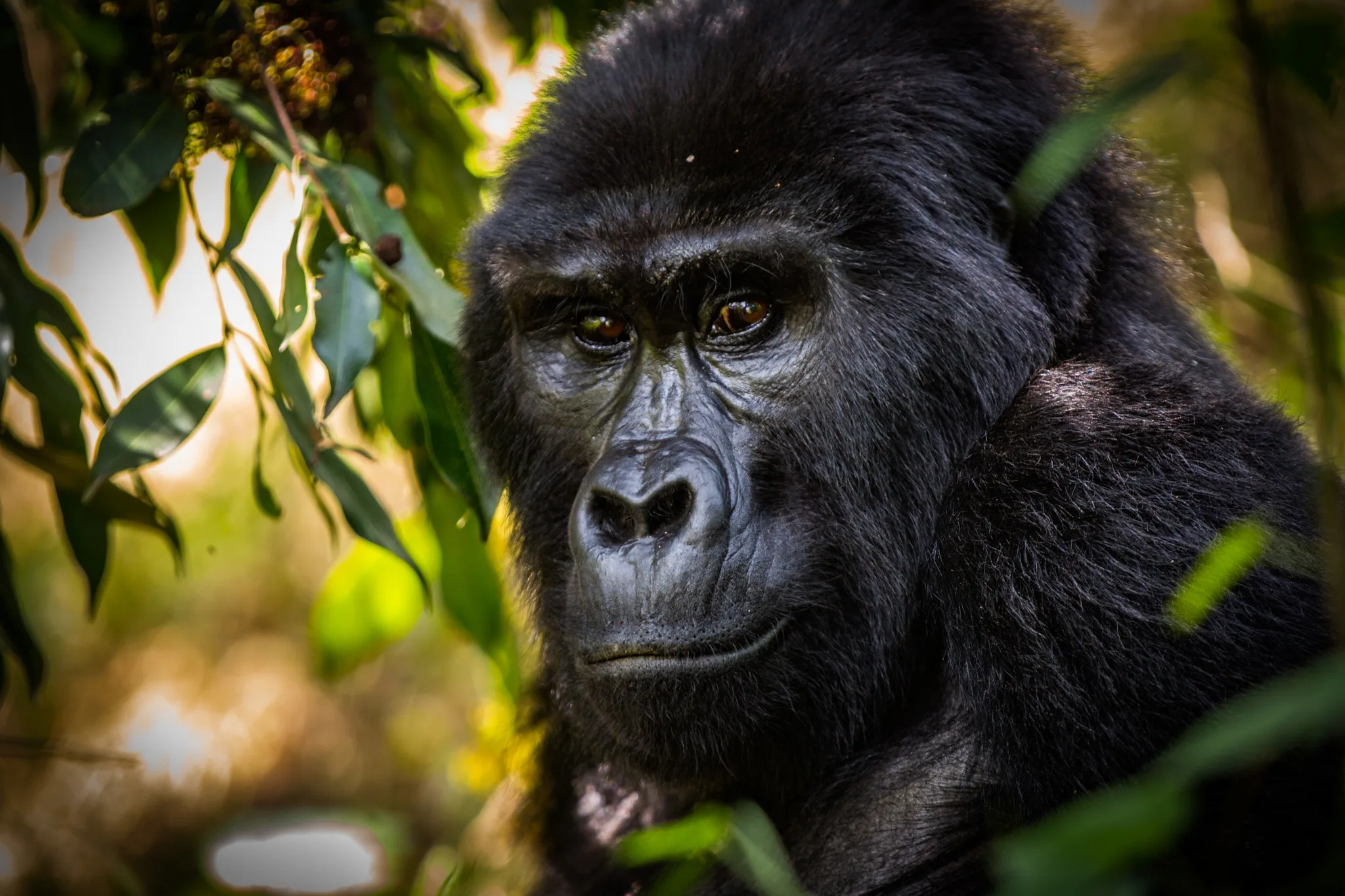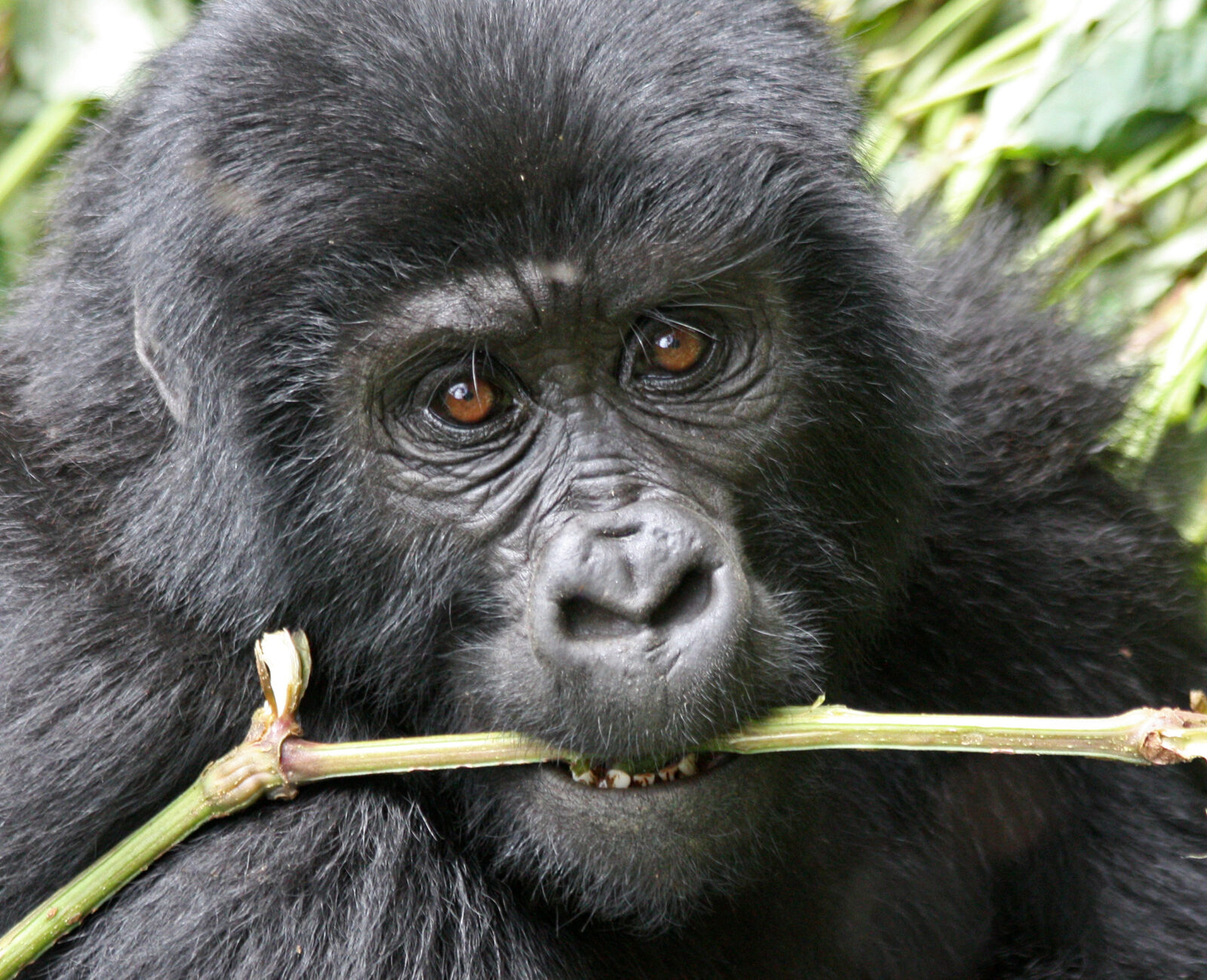Gorilla Habituation vs. Gorilla Trekking in Uganda: Which Experience is Right for You?
Gorilla Habituation vs Gorilla Trekking: When planning a trip to Uganda, one of the most exciting decisions you’ll face is whether to participate in gorilla habituation or gorilla trekking. Both experiences offer a rare opportunity to encounter mountain gorillas in their natural habitat, but they differ in several key aspects. In this guide, we’ll explore the differences between gorilla habituation and gorilla trekking in Uganda to help you choose the adventure that best suits your interests and travel goals.
What is Gorilla Habituation?
Gorilla habituation is a unique and immersive experience where participants join researchers and trackers in the process of acclimating wild gorillas to human presence. This process, known as habituation, involves spending extended periods with a gorilla family, gradually helping them become accustomed to human observers. In Uganda, gorilla habituation is offered exclusively in the southern part of Bwindi Impenetrable National Park, specifically in the Rushaga and Nkuringo sectors.
During gorilla habituation in Uganda, visitors have the opportunity to spend up to four hours with a gorilla family. This extended time allows for a deeper understanding of gorilla behavior and a more intimate interaction with these magnificent creatures. Gorilla habituation permits in Uganda are limited, making this a highly sought-after experience for wildlife enthusiasts and conservationists alike.
What is Gorilla Trekking?
Gorilla trekking is a more traditional wildlife experience where visitors trek through the forest to observe a fully habituated gorilla family. In Uganda, gorilla trekking is available in both Bwindi Impenetrable National Park and Mgahinga Gorilla National Park. Unlike gorilla habituation, gorilla trekking involves a shorter encounter, typically lasting one hour with the gorillas.
Gorilla trekking in Uganda is a popular activity, attracting thousands of tourists each year. The experience begins with a briefing at the park headquarters, followed by a trek through the dense forest to locate the gorillas. Once the gorillas are found, visitors spend an hour observing their behavior, taking photographs, and enjoying the once-in-a-lifetime experience of being close to these endangered animals.
Key Differences Between Gorilla Habituation and Gorilla Trekking in Uganda
When deciding between gorilla habituation vs. gorilla trekking in Uganda, it’s important to understand the key differences between the two experiences:
Duration of the Experience:
Gorilla Habituation: Participants spend up to four hours with the gorillas, providing ample time to observe and interact with them.
Gorilla Trekking: The encounter with the gorillas lasts for one hour, following a trek that can range from one to several hours depending on the location of the gorilla family.
Cost of Permits:
Gorilla Habituation: A gorilla habituation permit in Uganda costs USD 1,500 per person. The higher cost reflects the extended time spent with the gorillas and the exclusive nature of the experience.
Gorilla Trekking: A gorilla trekking permit in Uganda costs USD 700 per person, making it a more affordable option for many travelers.
Level of Involvement:
Gorilla Habituation: Participants are actively involved in the habituation process, joining researchers and trackers in their work. This makes it a more hands-on and educational experience.
Gorilla Trekking: Visitors are observers, spending their hour with the gorillas watching their behavior and taking photographs.
Availability:
Gorilla Habituation: The number of gorilla habituation permits in Uganda is limited, with only a few permits available each day. This makes the experience more exclusive, but also requires early booking.
Gorilla Trekking: More permits are available for gorilla trekking, and the activity is offered in multiple locations, providing greater flexibility for travelers.
Suitability for Different Travelers:
Gorilla Habituation: Ideal for those who want a deeper understanding of gorillas, are interested in conservation, and have the physical stamina for an extended trek and time with the gorillas.
Gorilla Trekking: Perfect for travelers who want to experience gorillas in the wild but prefer a shorter encounter and lower cost.
Which Experience Should You Choose?
The choice between gorilla habituation vs. gorilla trekking in Uganda ultimately depends on your interests, budget, and the type of experience you’re seeking.
Choose Gorilla Habituation: if You want an in-depth, educational experience with more time spent observing the gorillas. It’s also a great option if you’re passionate about conservation and want to contribute to the ongoing efforts to protect these endangered animals. Keep in mind that the cost is higher, and the physical demands are greater, but the rewards are immense.
Choose Gorilla Trekking: if You’re looking for a more traditional wildlife experience that fits within a tighter budget. Gorilla trekking is also a good choice if you prefer a shorter encounter with the gorillas and want to include other activities in your itinerary. It’s a more accessible option for most travelers and still offers an incredible opportunity to see mountain gorillas in their natural habitat.
Conclusion
Whether you choose gorilla habituation or gorilla trekking in Uganda, you’re in for an unforgettable adventure. Both experiences offer the rare chance to connect with mountain gorillas in one of the most beautiful and biodiverse regions of the world. By understanding the differences between gorilla habituation vs. gorilla trekking in Uganda, you can make an informed decision that aligns with your travel goals and preferences. Whichever option you choose, you’re sure to create memories that will last a lifetime.



